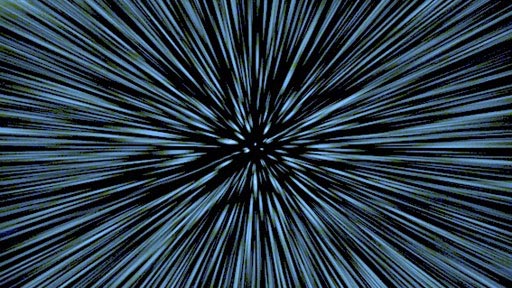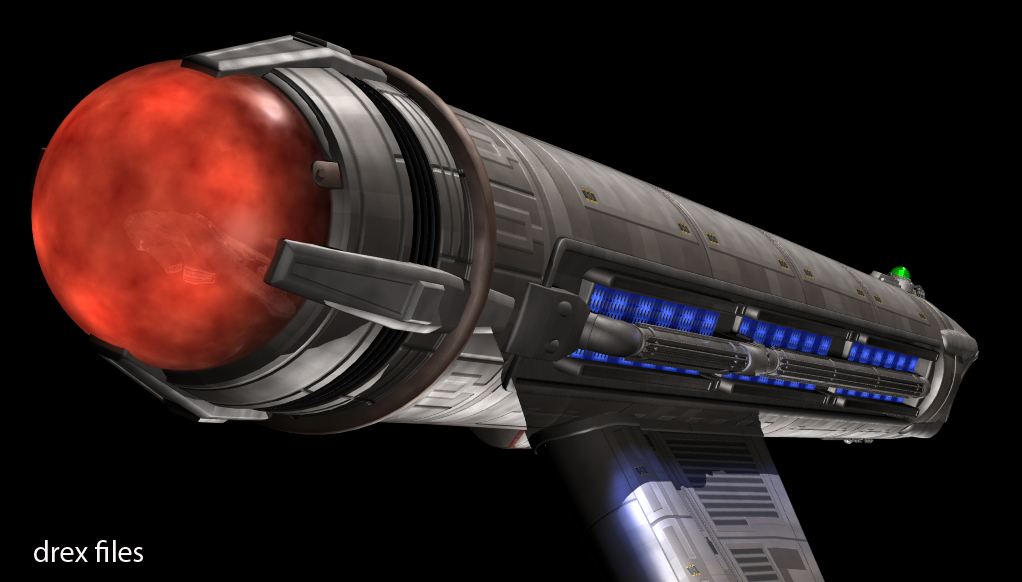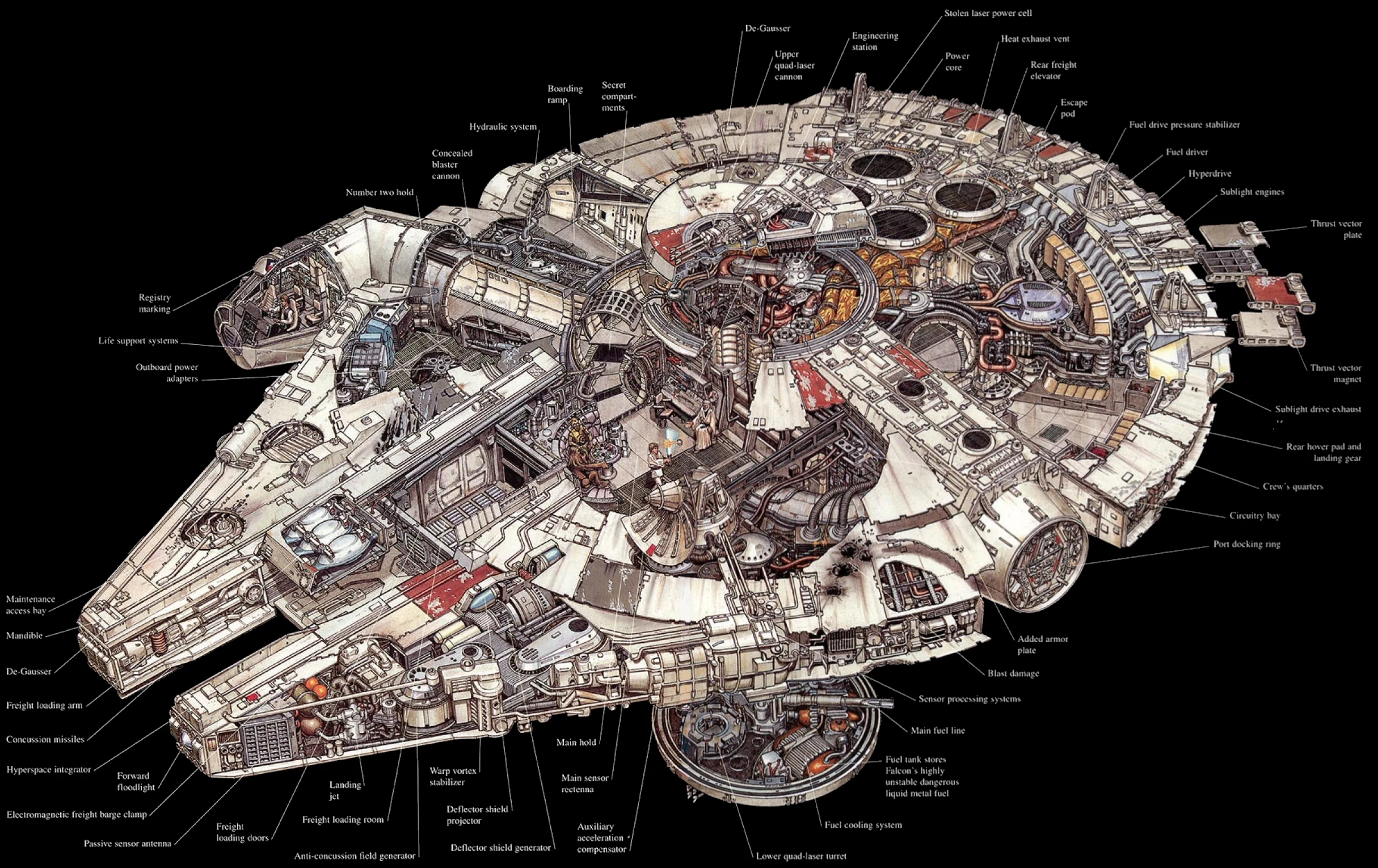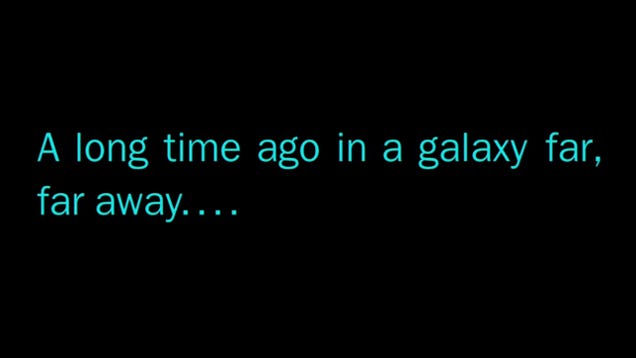Seriously, we can't even get to Mars.
But movies and TV shows rely on science that doesn't exist. Either stasis or cryosleep would be necessary to get us anywhere with conventional propulsion.
Cryosleep Imagination
Sometimes cryosleep gone wrong can lead to time travel if the pods keep running for centuries. In this movie, Kirk and krew happen upon a centuries-old ship of supercriminals in stasis and they barely survive the confrontation.
The Star Trek series has depended on "Warp Drive" since its inception in 1965. Bridge scenes depict Soviets and Asians and Black Women all interacting productively at a time of racial strife. The first scripted black-white kiss on TV happened on this program in 1968.
But back to Warp Drive. A hypothetical faster than light idea, it allows an object to drop out of normal space into "warp" and use a shorter distance between two points, traveling massive distances in short times.
WARPED space-time
This is what warp drive looks like in Star Trek. "Engage."
Warp drive "nacelles" are the engines of warp drive. They are the reason for the distinctive shape of Star Trek Enterprise and other warp capable ships.
A warp nacelle
See the nacelles?
Different speeds are indicated by the "warp factor." The warp factor goes up to 10 but warp 10 is theoretically impossible since it's like "infinite speed." But since science fiction is never internally coherent, Transwarp is also possible in later Star Trek series. It's basically beyond the infinite speed represented by warp 10.
The Millennium Falcon of Star Wars was often "making the jump to hyperspace." Or not. The "bucket of bolts" called the Falcon was famously fast and unreliable. Hyperspace allowed faster than light travel - distant star systems could be reached in hours with hyperdrive.
Millennium Falcon from Star Wars
Lucas provides no explanation for how this is possible - it's just the advanced technology of a long time ago in a galaxy far far away. It started in 1977. I was 6.
Just make sure you don't drop out of warp in the center of a star. Remember that you can't make the jump to hyperspace in an asteroid field. And don't get beamed inside a planet. You'd die the same hypothetical death that science dies whenever you watch sci-fi.









Excellent .. Amazing .. I’ll bookmark your blog and take the feeds also…I’m happy to find so many useful info here in the post, we need work out more techniques in this regard, thanks for sharing.
ReplyDeletebook hotel vienna